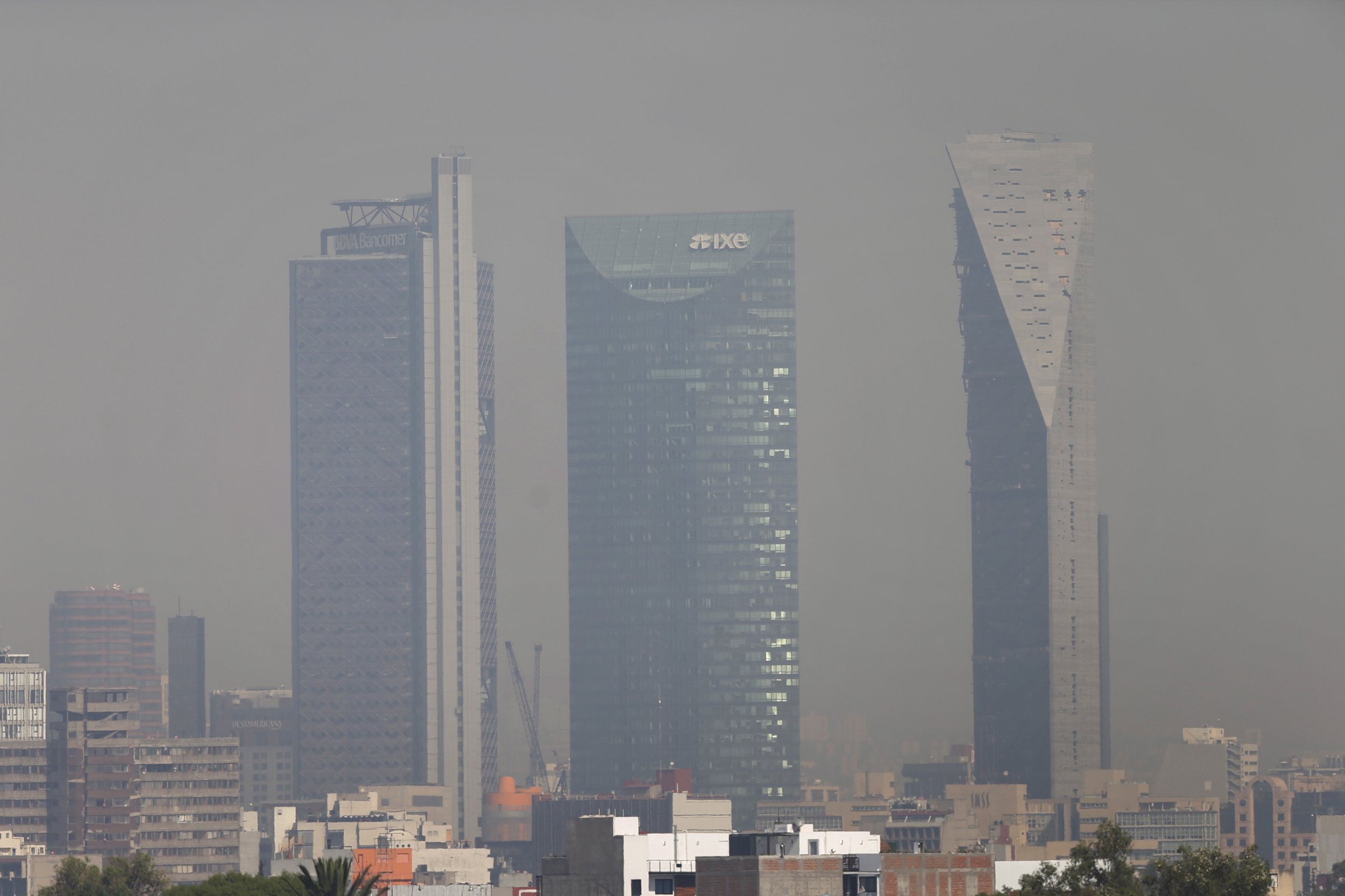
This story was originally published by Grist and is reproduced here as part of the Climate Desk collaboration.
We like to think of climate science as extremely high-tech—satellites! recording conditions on Earth in extreme detail! from SPACE!!! But in fact, observing the climate is sometimes as easy as paying attention to what's going on outside.
And what do you know—people around the world have been doing just that for centuries, by writing down what they see happening in the natural world, from floods to flower blooms to the migration patterns of animals.
1. Ice records in Japan
Way back in 1443, Japanese monks had the foresight to track when freezing temperatures caused an ice ridge to form in the Japanese Alps' Lake Suwa each winter. A new study of those 700-year-old ice records shows that the lake's cycle of freezing and thawing started going haywire as the Industrial Revolution set in, and—no surprise here—the lake is freezing a lot less often nowadays.
2. Ice breakup in Finland
A Finnish merchant began documenting the yearly breakup of ice on the Torne River in the spring of 1693, and we've more or less maintained that record to date. The same study compared this data to distant Lake Suwa to get a clearer picture of global ice patterns.
3. Floodstones in the U.K.
The U.K. Coastal Floodstone Project is hunting down ancient floodstones (plaques that record historic heights of high tides and flooding) to help predict how climate change will affect coastal flooding.
4. Animal migration patterns in California
Naturalist Joseph Grinnell took meticulous surveys of California mammal species in the early 1900s, National Geographic points out. Looking at these compared to modern surveys, it's clear that wildlife species are relocating northward and uphill from their original territories—likely in response to warming temperatures.
5. Blooming flowers in Massachusetts
Scientists used Henry David Thoreau's botanical notes from Walden Pond to show that flowers are blooming earlier than they did in Thoreau's day.
6. Plains Indians winter counts
Great Plains Indian groups, such as the Lakotas, have kept calendar records called "winter counts" as early as the 17th century. These records document natural events like extreme climate conditions, in addition to depictions of conflicts and famines.
7. Whaling records in the Arctic
Years of maritime boredom have yielded detailed records of barometric pressure, temperature and ice location in the logbooks from 19th century whaling ships. The Old Weather project enlisted volunteers to comb through these logs, helping put together a clearer picture of how the Arctic has changed since the 1800s.
8. Old weather reports
Boring old weather reports hiding in musty newspaper archives around the world have a use after all — they're helping scientists create more reliable climate models.
Uncommon Knowledge
Newsweek is committed to challenging conventional wisdom and finding connections in the search for common ground.
Newsweek is committed to challenging conventional wisdom and finding connections in the search for common ground.
About the writer
To read how Newsweek uses AI as a newsroom tool, Click here.








